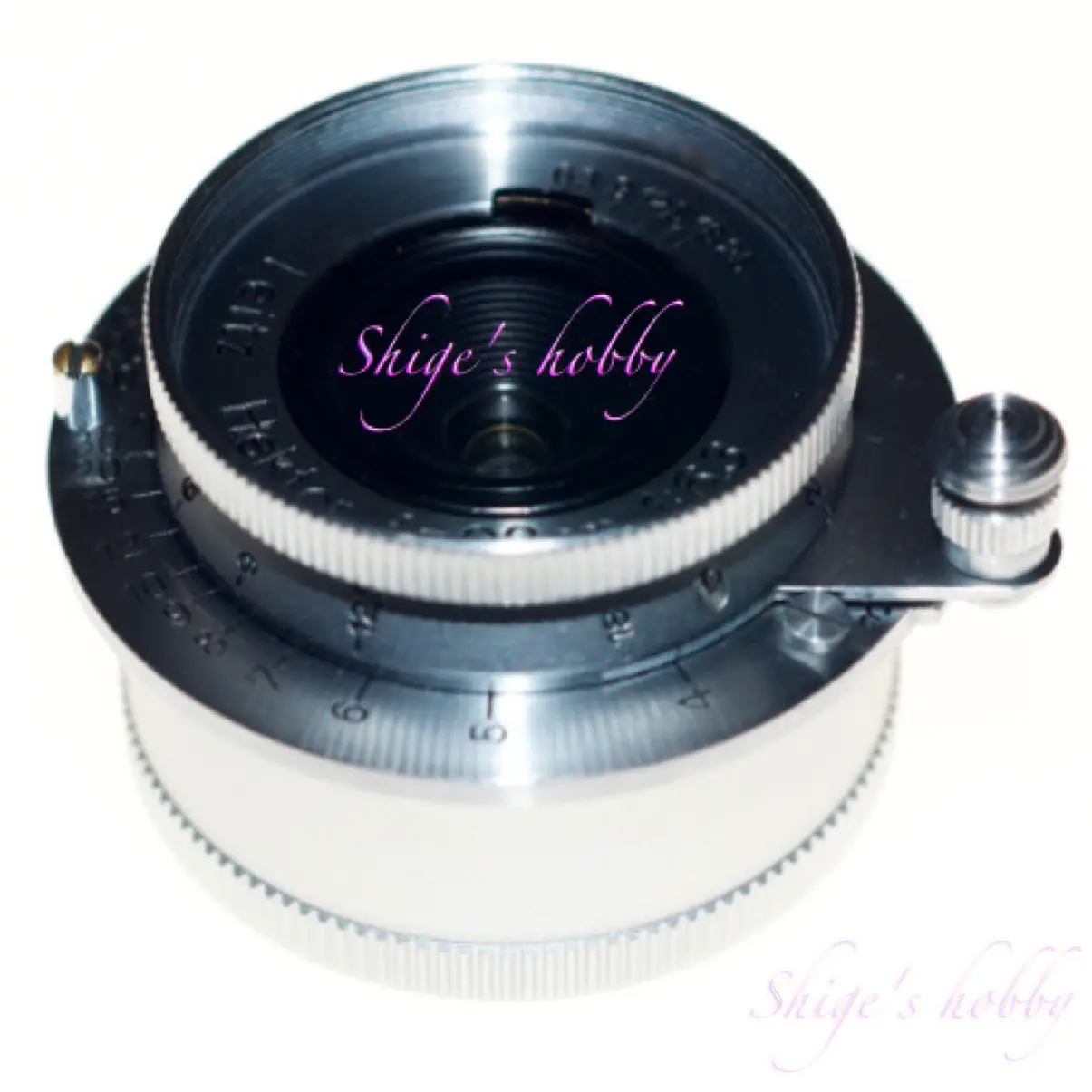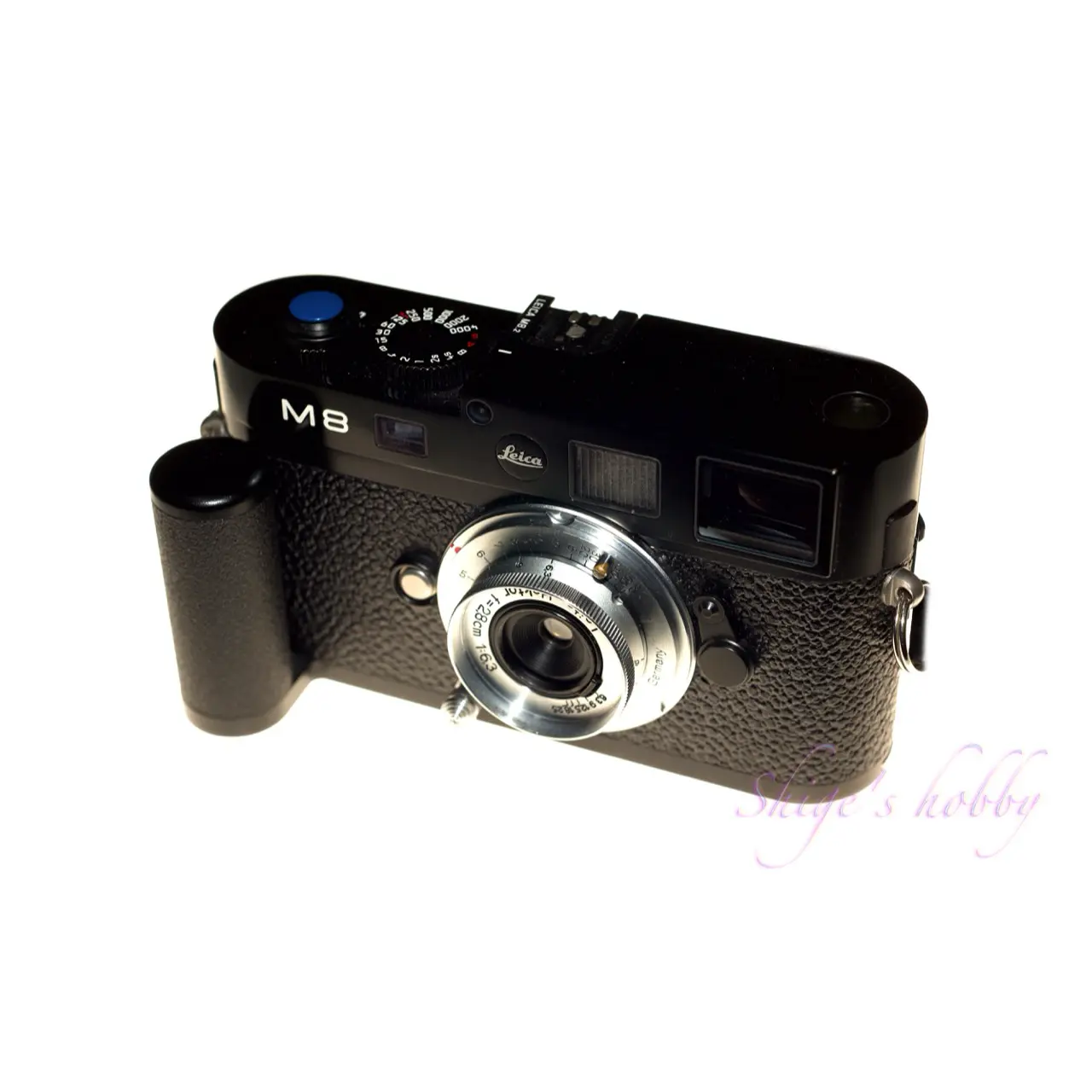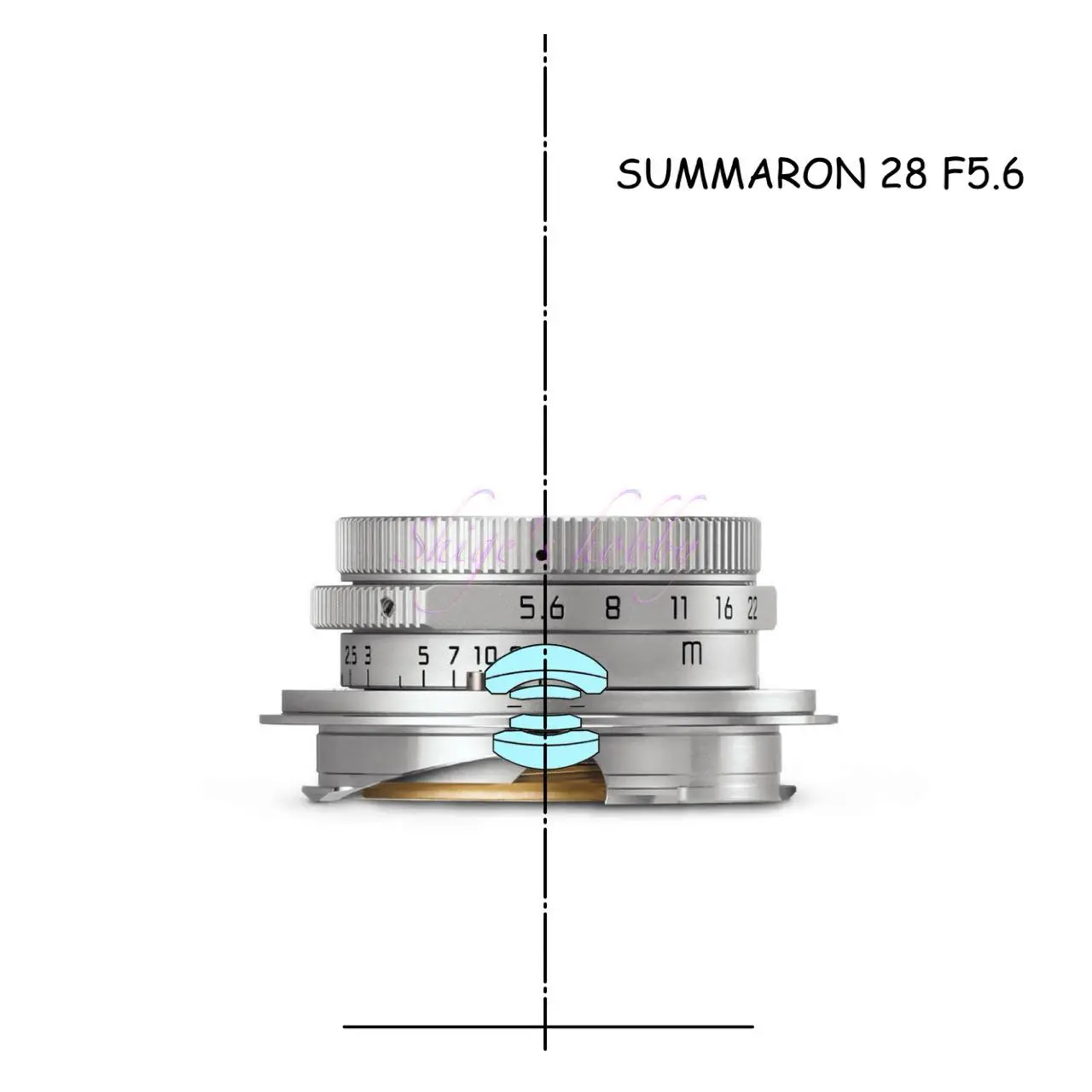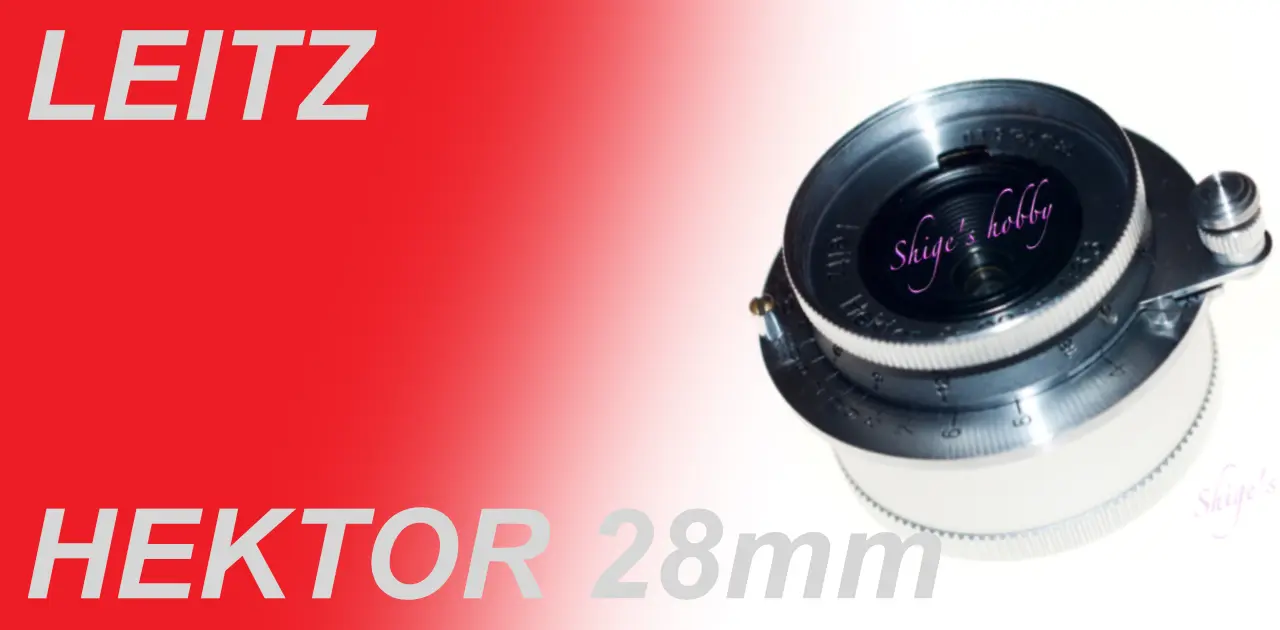Last updated on 2025-11-23
A review and Photo example of the HEKTOR 28mm F6.3 with the LEICA M6 and LEICA M9.
- Please see the disclaimer regarding advertising here.
- Italicized links in the text are advertisement links that take you to other sites.
Table of contents
Gallery
Sample photo taken with the LEICA M6(Mishima-taisha Shrine, Shizuoka, Japan) and LEICA M9.
Review


1.Overview
The HEKTOR 28mm is a wide-angle lens manufactured from 1935 to 1950. 11,255 units were made in 15 years.
The mount is a screw (L39) mount, and an L/M adapter is used when using it with an M-mount camera.
The lens is made of 5 elements in 3 groups, and is a derivative of a triplet lens, with the front and rear lenses of the 3 groups being glued together. The filter is a 34mm screw-in or A36 cover. The hood is a trumpet-shaped SOOHN that attaches to the front frame, and is very expensive on the used market.
The lens exterior comes in two versions, a chrome version and a nickel version, and although the lens structure is the same, the coating differs depending on the era. The nickel version is manufactured in small quantities and is priced at a premium, while the chrome version is sold in large quantities and is available in stores at a fairly reasonable price.
2.Usability
As shown in the example, the Hektor 28mm F6.3 is an attractive lens when used with a film camera to cut down the exposure and reduce it where necessary.
Because the maximum aperture is a dark F-number of 6.3, it is only practical to use outdoors during the day when shooting with ISO100 film.
However, since high ISO can be used regularly with digital cameras in the 2020s, this lens has become easier to use.
When using with a digital camera, be careful that dust on the sensor is reflected when using a lens with a dark F-number. Therefore, it is necessary to check that there is no dust on the sensor surface before shooting.
This is because if there is dust near the center of the sensor, you will be disappointed with the results.
The lens is 25mm thick and compact, but since it is a small lens, it is not easy to operate.
The aperture ring is on the front of the lens, so it is difficult to change it when a hood or filter is attached. However, since the maximum aperture is a dark F-number of 6.3, there are few situations where you need to change the aperture from the maximum aperture.
The focus lever has a large rotation angle of about 180 degrees, so in the film era, if you stopped down to F8 and shot with pan focus, there was little opportunity to operate the focus lever.
With digital cameras, if you do not precisely determine the focus position, the focal position will shift and the photo will be slightly blurred, so there are more opportunities to touch the focus ring, and the 180-degree angle that makes it easy to fine-tune is an advantage.
There is almost no peripheral light falloff, but the depiction is poor in the peripheral areas, and the flaws of old lenses become visible. In addition, many lenses have balsam separation on the bonding surface between the front and rear lenses, making them cloudy.
From the 1990s to the early 2000s, it was one of the unpopular lenses that could be purchased quite cheaply because it had a slow maximum aperture of F6.3, but in the 2020s, the price of this lens has risen due to the soaring prices of old lenses.
3.Summary
In conclusion, to sum up the HEKTOR 28mm F6.3, its compactness is an appeal that modern lenses do not have, and if you fall in love with the styling, it is worth owning.
The image quality is as you would expect from an old lens, so when purchasing, you need to decide whether the lens is worth the price. If you want to enjoy the original performance of the lens, the reproduced SUMMARON 28mm F5.6 is also a good choice.
There are many options for 28mm lenses for rangefinder cameras, such as Voigtlander and Chinese lenses, with a wide range of products available in the 2020s.
Specification ,Study and more
As I have mentioned before, it is a very compact wide-angle lens, but the triplet derivative lens has limitations in the hand-designed era, and has difficulty depicting areas other than the center. The successor, the Summaron 28mm, has a Gaussian lens configuration, which improves image quality somewhat, but the maximum aperture is only F5.6, which is not very bright. It can be said that Leica’s 28mm became a practical lens with the release of the ELMARIT 28mm in 1964.


| Items | HEKTOR | SUMMARON |
| focal length(mm) | 28 | 28 |
| Maximum aperture | 6.3 | 5.6 |
| Minimum aperture | 25 | 22 |
| Leaf blade | 6 | 8 |
| Lens configuration | 5 elements in 3 groups | 6 elements in 4 groups |
| Minimum distance(m) | 1.0 | 1.0 |
| Lens length(mm) | – | 18 |
| Lens max diameter(mm) | 49 | 49 |
| Filter type | 34 | 34 |
| Weight(g) | 110 | 150 |
| Hood | SOOHN | SOOBK |
| Lens mount | L39 | L39 |
| Release date | 1935-1950 | 1954-1971 |
| Production numbers | 11,255 | 9,169 |
Reference links
- Hektor f= 2.8 cm 1:6.3@Leica wiki(English)
- LEICA Summaron-M 28mm Official page
- Summaron 28mm f5.6 description page by LEICA Wiki
- ELMARIT-M 2.8/28 (first generation) explanation page by LEICA Wiki
Affiliate links
- Leica lens・Ads by Amazon
- Leica books・Ads by Amazon

Update history
- 2025.5.22
- 2024.12.26
- 2024.03.01:Update article
- 2022.05.26:First draft



Be First to Comment